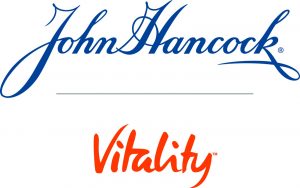It’s called interactive life insurance and it will soon be replacing the more traditional policies being offered by John Hancock, one of America’s oldest and largest insurers. The Vitality Group, a subsidiary of John Hancock, offered their first interactive life insurance product in 2015 to customers who logged healthy food choices and exercise activities on an app.
As wearable smart-technology became more widely available, companies started taking notice and began looking at options to cash-in on the opportunities they offered. The insurance industry was no different. In theory, this is a win-win for both company and consumer. Using their wearable fitness device, customers are able to share their biodata with Vitality in exchange for deep deductions and incentives such as gift cards to prime retailers. The company, in turn, would be able to crunch all the available data and design cost-saving plans that favor certain lifestyles and reduce the number of claims filed.
Privacy and consumer protection groups are raising concerns, however. They challenge that access to this information may lead insurers to cherry-pick only the most profitable customers while offering higher rates to those who don’t wish to share their data. The insurance industry contests this claim, stating that their sector is heavily-regulated and that policy changes or rate hikes must be justified.
John Hancock is owned by Canadian-based Manulife and their shift to a bio-data dependent policy marks a significant technological transition in the insurance industry. Interactive life insurance is already an established practice in places such as South Africa and Britain and will be the only option available to Vitality’s customers once their conversion to the new product line is completed in 2019.
Brooks Tingle, head of John Hancock’s insurance unit, stated that it’s too early to tell if it is paying fewer claims because of its Vitality program. But the stats collected on customer activities so far are promising, she says, as Vitality policyholders worldwide live 13 to 21 years longer than the rest of the insured population.























